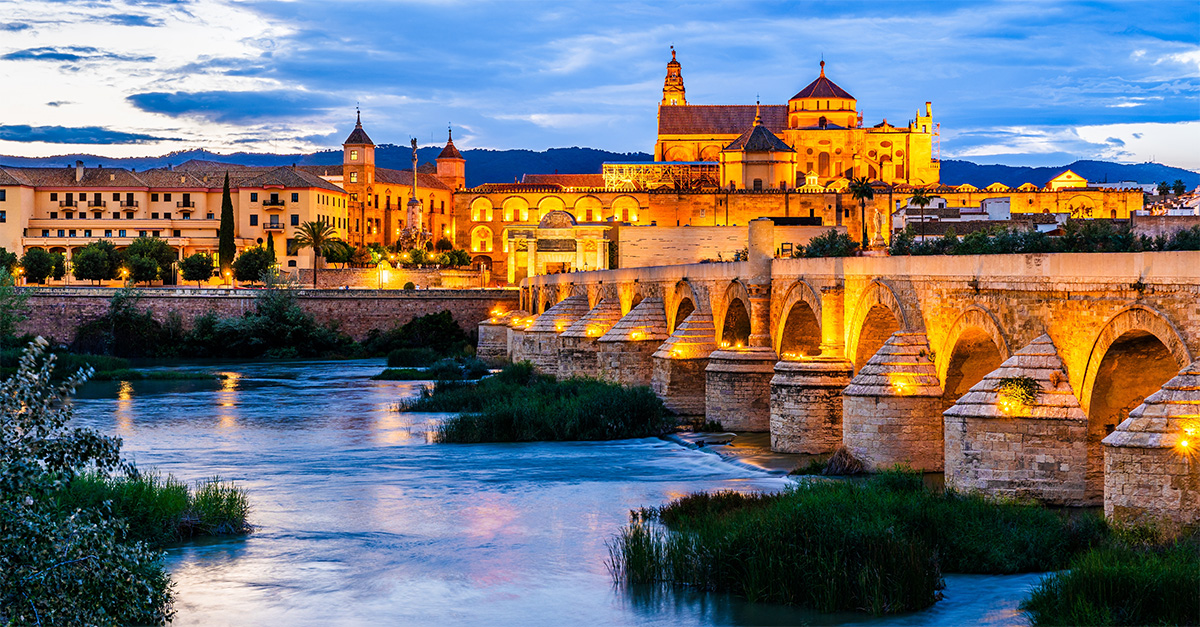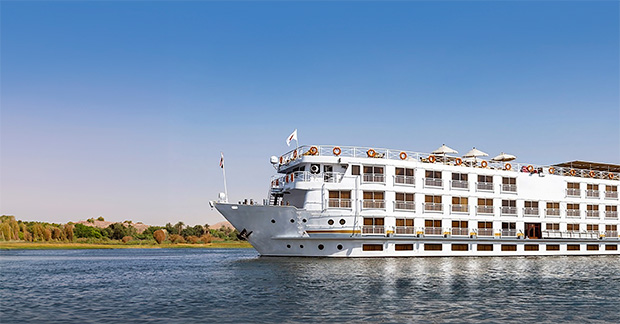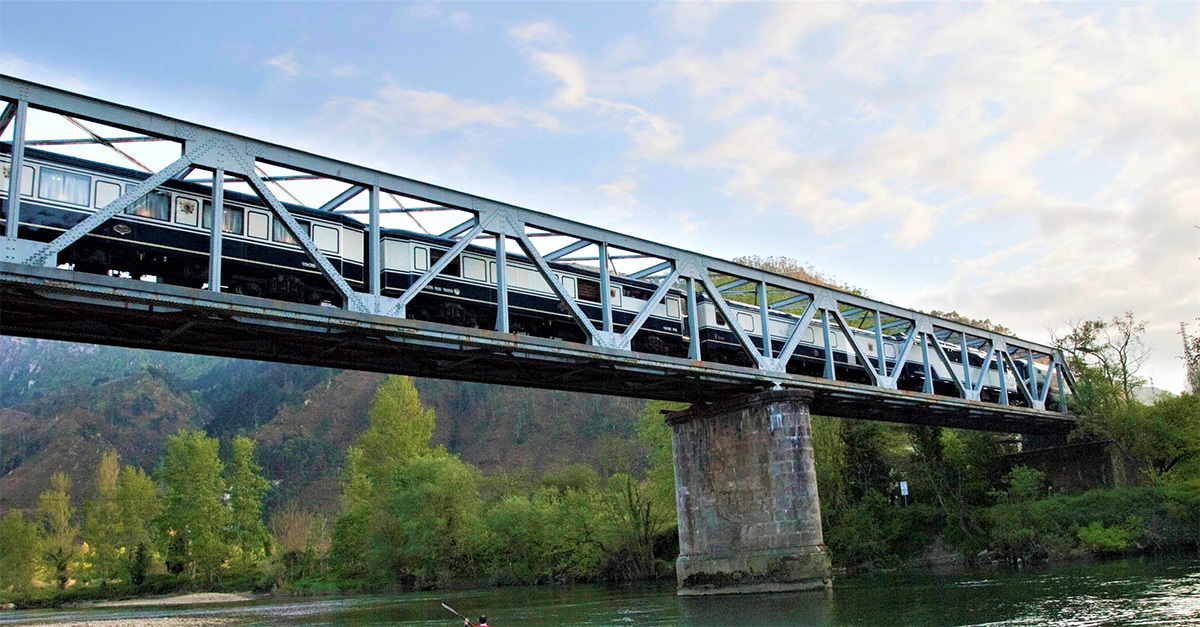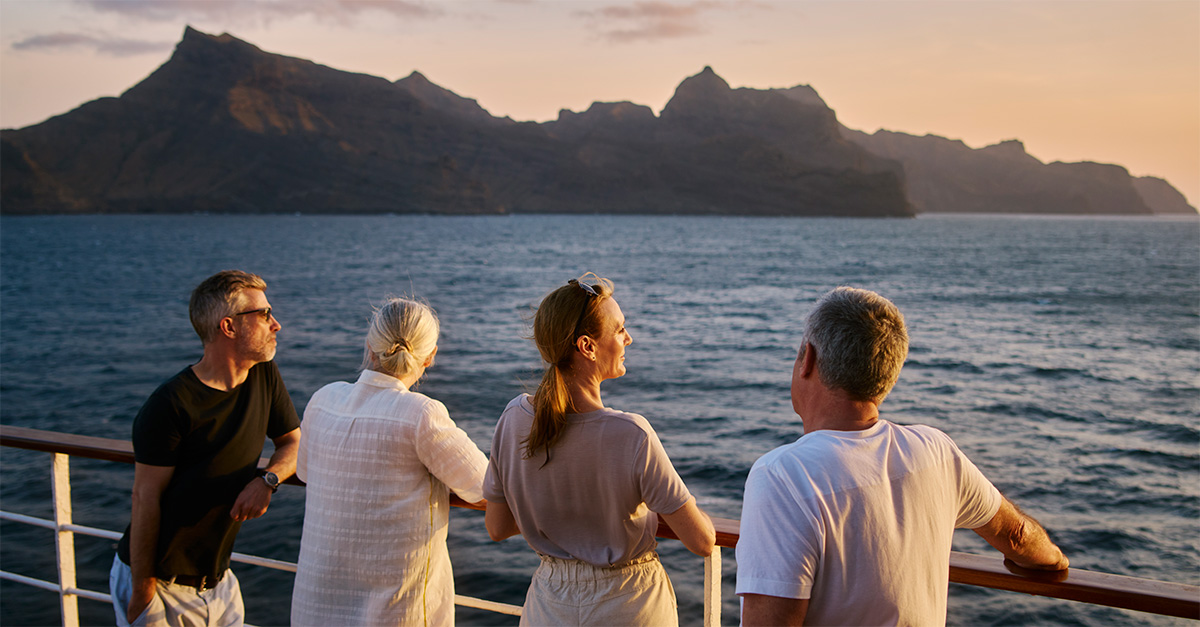You are viewing 1 of your 2 free articles
What to expect on Spain’s only river cruise
Sailing on Spain’s Guadalquivir River is an immersive way to sample Andalusia’s historic cities and colourful landscapes, writes Monica Meade
Click here to download and save as a PDF
Climbing to the top deck at sunset, I admire dockside views of Seville’s elegant yellow-and-white Argentine pavilion in the Parque de María Luisa. I’m on board La Belle de Cadix, the sole river cruise ship moored in the heart of the city – since CroisiEurope is the only line offering sailings on the Guadalquivir.
With an overnight stay, I’m free to spend the evening in the 34-hectare park, discovering tiny stone bridges, vast mazes of box hedges and hidden shrub-filled spots named after local poets. Having never been on a river cruise before, I’m already won over by the freedom of hopping on and off the ship to hunt down the best sunset spots and buzzy local bars.
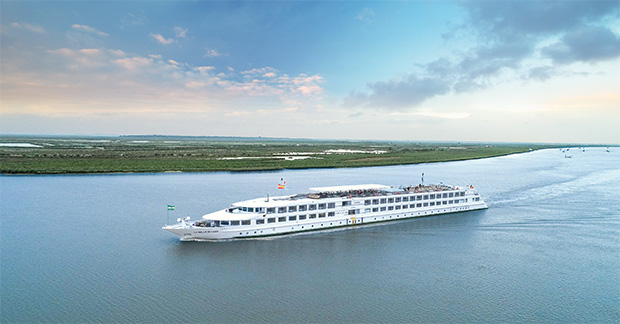
Guadalquivir river cruise
The Guadalquivir was once navigable as far inland as Córdoba, but these days, a 90-mile coach journey from Seville is needed to transport us to our first excursion – a walking tour of Córdoba’s fortified areas.
Stretching over the reed-filled river, the Roman Bridge provides a dramatic entrance to its Unescolisted historic centre. We take our time strolling along labyrinthine cobbled streets in the Jewish Quarter, past lavish Roman statues and into buildings with geometric Islamic tiling dating back to Spain’s period of Moorish rule, which began in the year 711.
On a walking tour of Seville the next day, I’m mesmerised by the Palace of King Pedro I – one of three palaces inside the Royal Alcázar of Seville. It was built for a Christian king in the 14th century, yet it’s a shameless imitation of Moorish design – somewhat surprising, since Spain had been reconquered by Christian armies only a century previously.
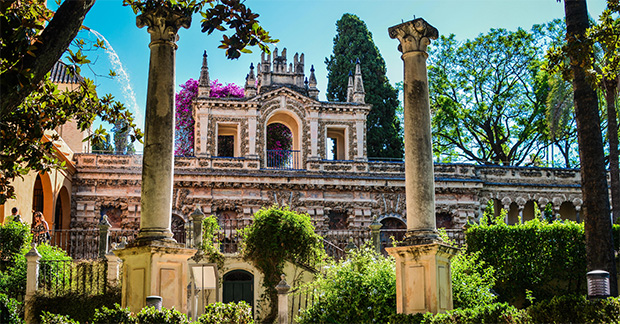
Arabic lettering is inscribed along the walls, with sections translating as ‘There is no victor but Allah’. Local tour guide Noemi Jimenez says: “The decorative Arabic writing makes the building come alive, like it’s talking.” It is one of the best-preserved examples of this style of architecture, telling a story of the coexistence of different cultures during the Middle Ages.
Sherry tasting in Cádiz
Departing for Cádiz, we set sail along the mossy-green Guadalquivir, past birds of prey lingering over the Parque Nacional de Doñana’s wetlands. From the water, we’re offered a rare perspective of this Unesco Biosphere Reserve, a major migratory crossroads between Africa and Europe.
CroisiEurope’s La Belle de Cadix is capable of sailing on both river and sheltered sea, navigating to the spot where the Guadalquivir meets the Atlantic at El Puerto de Santa Maria – a town renowned for its sherry production.
“The sherry tasting and cellar tour at Bodegas Osborne is just 500 metres from the ship,” says Monika, the ship’s manager. A few steps later, we enter the street-level cellar and are greeted with mellow-yet-sweet aromas of fermenting grapes, where the Osborne oak casks are lit up like a collection of precious jewels.
It’s one of Spain’s oldest family-run sherry-makers, established in 1772 when young Englishman Thomas Osborne Mann purchased a handful of wineries in the area.
Speaking of family-run businesses, that’s how it feels on La Belle de Cadix. “Once you’re on board, you’re at home,” says Sue Stampe, a tour leader at Jules Verne and a regular CroisiEurope passenger. “You always get a wonderful welcome from the cruise director and staff.” At dinner, I watch the crew cheer and laugh as the head chef dashes through the restaurant to grab forgotten ingredients most nights.
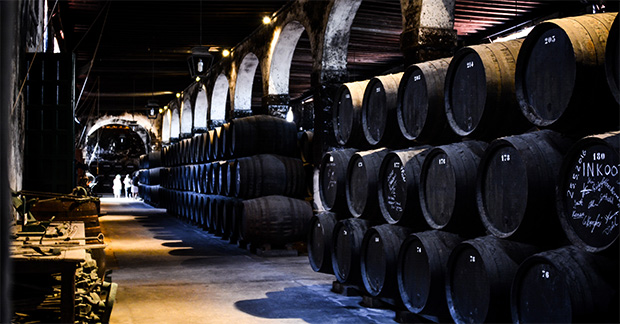
Horse haciendas in Andalusia
We arrive in western Europe’s oldest continuously inhabited city, Cádiz, just in time for the pre-dusk golden hour. The sky adds a rosy glow to the Italian marble on Cádiz Cathedral, where you can clearly see evidence of the 116 years it took to construct the cathedral’s changing layers of baroque, rococo and neoclassical styles.

Lining the narrow alleyways of the Old Town are pastel-hued buildings with elaborate wrought-iron balconies, which cast beautiful shadows on the ground.
Beyond the historic cities, the region’s famous horses can be spotted in fields bordering the river.

Stud farms for purebred Andalusian horses are scattered around the Guadalquivir, and before our return to Seville, we stop by a hacienda near Jerez to witness poised stallions galloping to music and bowing to the crowd, a spectacle that is a testament to six centuries of breeding and training.
That dedication to tradition – whether architectural, viticultural or equestrian – is what makes Andalusia, and this cruise, a thoroughly special experience.
Book it: CroisiEurope’s Andalusia: Tradition, Gastronomy and Flamenco starts at £1,424 based on a March 13, 2025, departure. The eight-night round trip from Seville includes all meals, drinks, excursions and evening entertainment on board, as well as port fees and repatriation insurance. There are also family-focused departures and a sailing timed to coincide with Seville’s ‘feria’ festival in May 2025.
croisieurope.co.uk
Ask the expert

John Fair, UK sales director, CroisiEurope
“Our Guadalquivir cruises are the ideal way to explore some of the most beautiful cities in Andalusia, all of which offer so much in the way of history, culture, beautiful scenery and stunning architecture, including Seville’s Royal Alcázar, Granada’s Alhambra Palace (pictured below) and Córdoba’s Mosque-Cathedral.
On board, guests can continue to immerse themselves in the region with international food with a Spanish twist, great local wines and entertainment such as flamenco dancing. It is not only a great standalone itinerary but also works well when packaged up with the beaches of the Costas.”
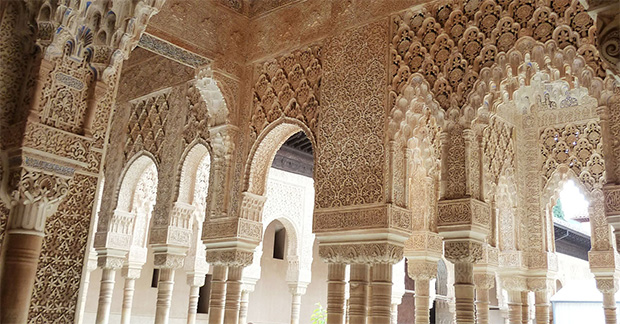
What to see in Cordoba
? The Mosque-Cathedral of Córdoba was built in AD785 as a mosque. It now showcases Spain’s historic and religious transition from Moorish worship to the Reconquista, when Christian forces took control, adding elaborate gold, white and mahogany Catholic chapels.
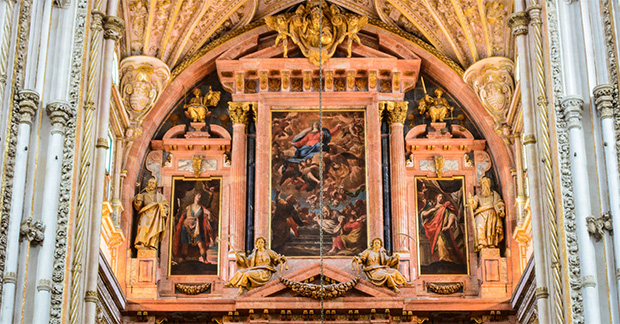
? The Palace of Viana is home to some of the finest examples of the city’s ‘casa patios’. These clever courtyard gardens, originally introduced by the Romans, serve as cool-air traps in large buildings and have since become a staple of the city’s urban architecture.
? The Flamenco Centre Fosforito museum is located in a former inn on Posada del Potro square, described as a ‘den of thieves’ in Cervantes’ Don Quixote. Visitors can watch flamenco (pictured below) and learn the mesmerising techniques and history of the art form.
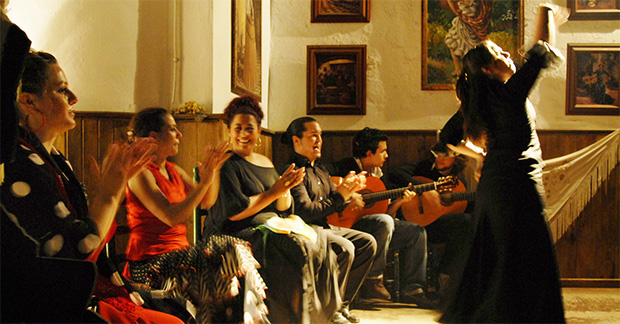
PICTURES: Stephane Pfleger; Alexandre Sattler; CroisiEurope; Stephane Pfleger; Gregory Gerault

